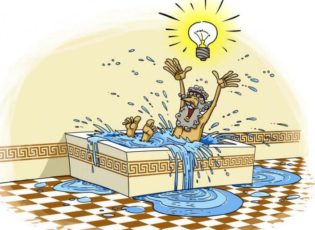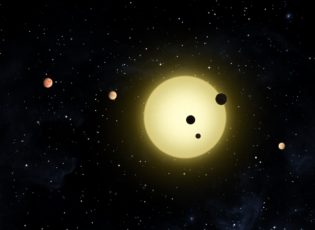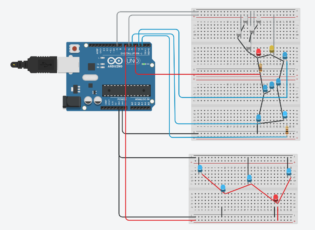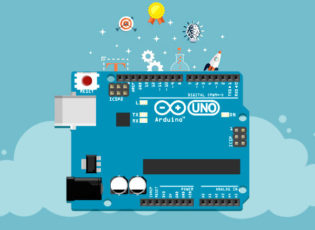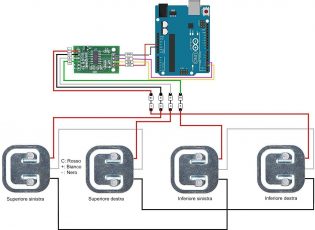Why do rocks sink and ships float?
We are in Siracusa around the IIIrd century before Christ. A man is immersed in a tub full of water and is taking a relaxing bath. At a certain point, he cries out “Eureka!”. That man was Archimede, a well-known scientist, who had just guessed that fundamental physical law – later on named after him – which explains why bodies float. The principle of Archimedes states that “the upward buoyant force which is exerted upon a body immersed in a fluid, whether fully or partially, is equal to the weight of the fluidLEGGI TUTTO

